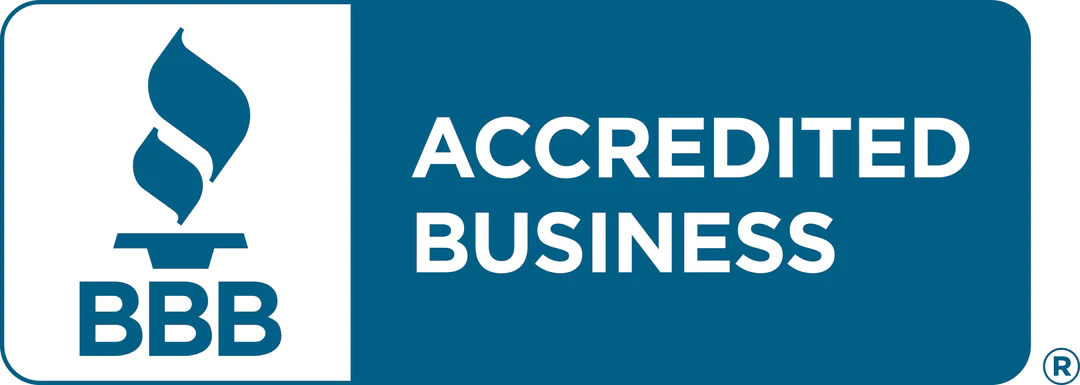College Admissions Tips and Guidance
Class of 2013 Admissions: Lessons Learned

Explore Our Articles
Recent Posts
Popular Categories
Get In Touch
On Social
By Phone or Text
(617) 734-3700
By Mail or Email
1678 Beacon Street
Brookline, MA 02445
By Form
Educational Advocates
Our objective is to guide the family in finding options where the student will not only get admitted, but thrive and find success once on campus.
Class of 2013 Admissions: Lessons Learned
Colleges continue to make admissions decisions based on their quest for the best possible students, those who they think will actually matriculate and to some extent, those who are able to pay. Here are some lessons learned from this year’s admissions cycle:
Many Applicants Accepted Early Decision. Many colleges admitted a significant percentage of the class during early decision. While many students try to use early decision to gain an advantage at a college where admissions standards are well above their own profile (a so-called reach), such stretching rarely works out. Those who fare best are the students who apply to a college where their GPA and test scores are within striking distance of the average for admitted students.
Increased Importance of Expressed Interest. More than ever before, students were denied or waitlisted if they didn’t visit, interview or otherwise express strong interest. Colleges are concerned about rankings, which are based on selectivity as determined by yield—the number of students who accept an offer of admission. Colleges know that the likelihood that a student who has never visited will accept an offer of admission is low. Therefore, if the admissions committee thinks students will not likely attend they are more likely to deny or waitlist them.
For an inside look at the workings of an admissions committee, see this article about Lehigh University’s admissions process.

Students who express interest and narrow their college list may be more successful in finding the right fit for them.
Waitlisting Over Qualified Applicants. Colleges such as The George Washington University waitlisted students whose statistics were well above the average admission profile. (In some instances, students did visit the college). Very strong students who are truly interested in a college that seems to be a likely admit should take steps beyond visiting, such as applying to honors programs and corresponding with the admissions counselor assigned to their high school to convey their enthusiasm.
This is the reason that independent and high school counselors do not like the term “safety school” because a school that seems safe this year may not be next year—admissions practices change all the time.
Meet Priority Deadlines. Colleges such as University of Wisconsin, University of Michigan, University of Rochester and University of Maryland have priority deadlines that should be taken seriously or qualified students risk being deferred or denied. In fact, to optimize your chance of admission, we recommend applying to Michigan by October 1st even though the deadline is November 1st.
Limitations of A Narrow College List. Students whose criteria are too narrow such as only including colleges near cities or those over a certain student body size may face more competition in the applicant pool. Many end up with fewer college options and regret not having diversified the apply list to include smaller liberal arts colleges and other universities outside urban areas.
Still others have unrealistic expectations as they apply to too many colleges where they have a very low chance of admission. It is okay to apply, but students need to think about how they will feel if they receive an abundance of denials. See this article on “Making Lemonade out of College Admissions Notifications“ for some perspective.
Don’t Count on Full Pay Status. Families make the mistake of thinking their child will be admitted because they are not applying for financial aid. They forget that selective colleges receive plenty of applications from full pay families—so students still need to meet or exceed academic qualifications. If a student is close to the admissions standards, a full pay status may help them get in—and it can certainly help a student get off the waitlist at some colleges. There are, however, no guarantees.
For the 2013 College Acceptance Statistics, see the NY Times choice blog.








